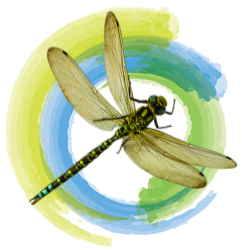
A community play that connects the communities and inhabitants that live along the length of the Grand River – a river that starts in the highlands of Dufferin County, and travels 310 km, before emptying into Lake Erie at Port Maitland.
About a million people live within the watershed, a watershed that passes cities, towns and villages, trees, wild grasses and coyotes, and includes thirty-nine municipalities and two First Nations territories.
Quick Links
Upcoming events
Stories from the Grand River
DRAFT tour dates have been released
Learn more about the fundraising campaign
The Grand River Quilt Project
Make a donation today!
More on the co-producers, creative team, partners
On this page:
– What’s happening in 2025
– Would you like to be involved or help?
– Project Brief
– What is a community play?
– Project Legacy
CURRENT UPDATES
THE VOICE OF THE RIVER: Grand River Community Play IN 2025
– A CELEBRATION OF COMMUNITY
2025 is the year we celebrate community in a unique and transformative way. We bring people together from along the Grand River and across her watershed to tell stories, sing songs, learn and share about their home, and fall in love all over again.
In AUGUST of this year The Voice of the River: The Grand River Community Play will start at the headwaters of the Grand in Dundalk and we will work our way down the River to the mouth at Lake Erie stopping in natural settings, villages and towns as we go. This is an all-inclusive event – anyone can participate in whatever manner they are comfortable – and the communities where the production will be presented will be visited in the time between now and August in story circles, for workshops in everything from building a unique community large puppet, costumes, stitching unique story-telling quilt squares, building set pieces, making props, maybe some will learn stilt walking, and all manner of performance in acting and singing with plenty of Grand River storytelling.
This image was created at a Voice of the River workshop held at Six Nations Polytechnic in the spring of 2024 – a work in progress with many hands participating
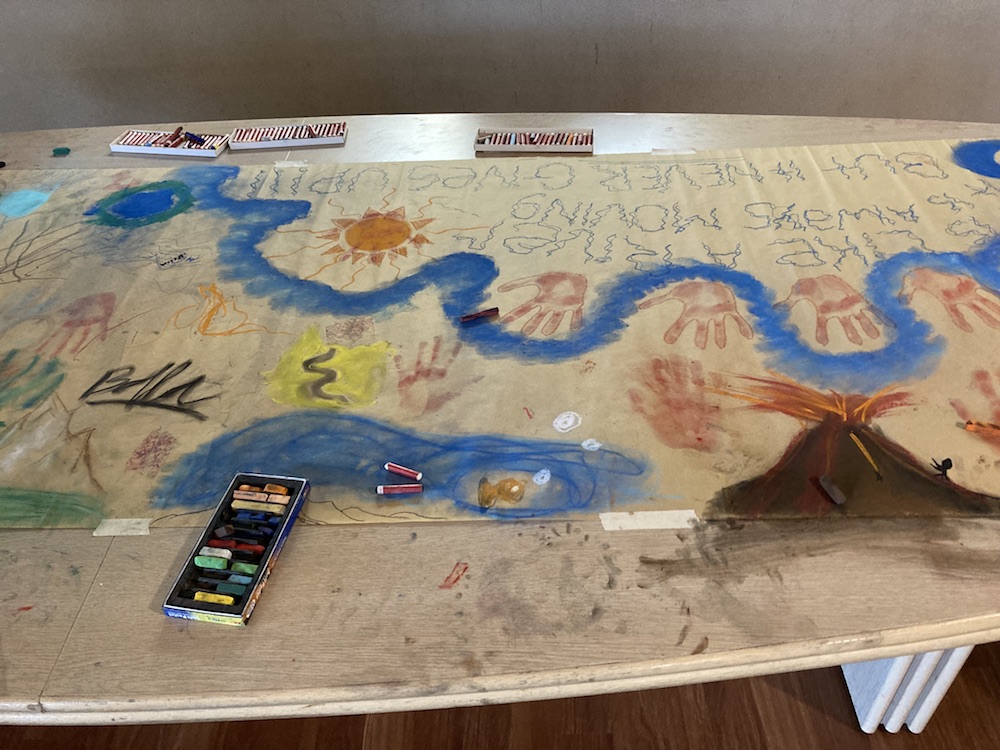
Each time The Voice of the River is presented it will be unique to that community. There is a core show being developed that will be a part of every presentation along the River, but in each community the stories of that place will be interwoven into the core stories. And on the final day of the production we will bring all of the communities together in an all-day fair on the August 24 weekend – a Communitypalooza, a celebration of the Grand River with food, with folks coming together from up and down the River and across the watershed, with people invited from across the Province and beyond to hear the stories that have been told from Dundalk to Port Maitland.
Would you like to be involved or could help?
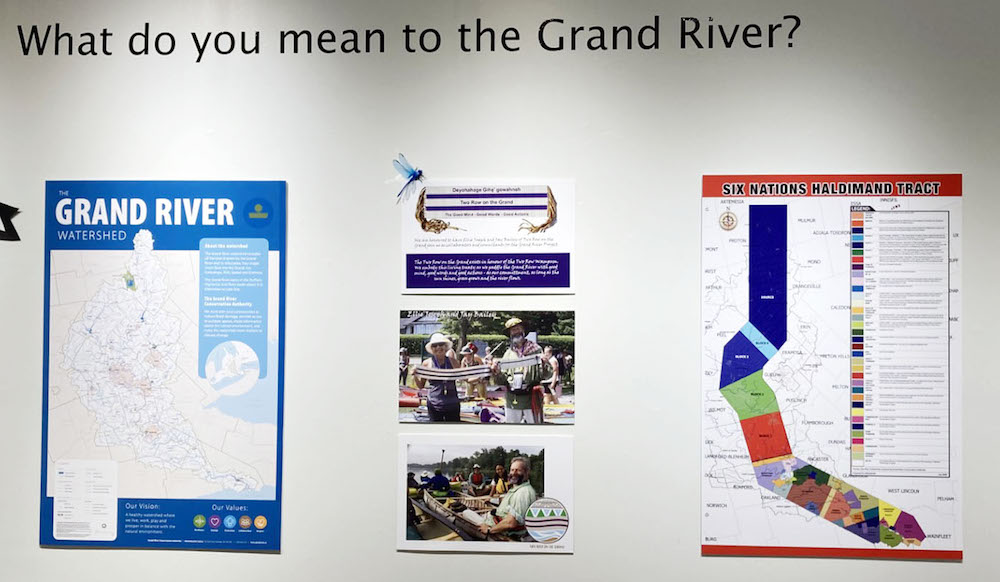
We could use your support in MARKETING, NETWORKING, FUNDRAISING and introducing us to folks you believe would like to participate, benefit by being a part of this celebration of the Grand River. Do you know of unused spaces where we can hold a workshop, display the quilt, rehearse the play – they could be ghost spaces, spirit spaces, on and in the River.
Calling all fabric artists and craftspeople! If you would like to participate in the Grand River Quilt Project, click here for more information.
PARTNERS
A creative team has been assembled that includes professional musicians, designers, writers, producers, and technicians. It gathers poets, and community choirs, and visual artists, and photographers, quilters, mappers, academics, historians, scientists, folks from settler communities, from heritage centres, libraries, museums, and people from the Six Nations. Thank you to our partners and collaborators!
See a list of our partners here.
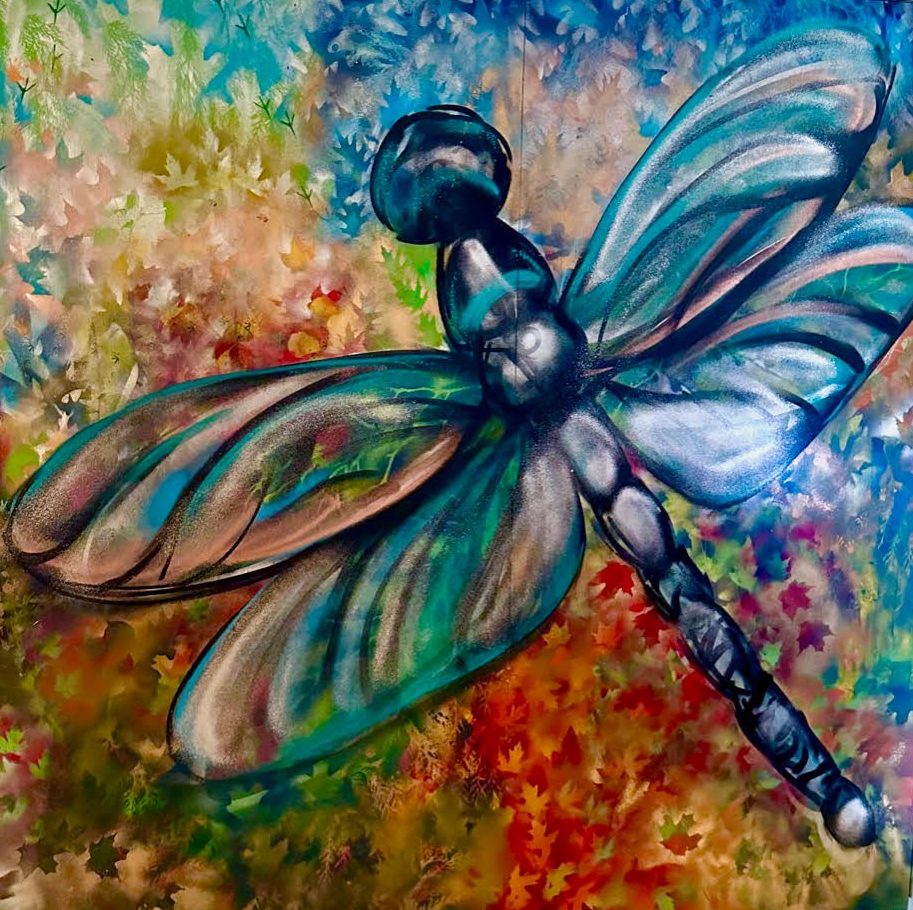
EXAR Studios in London, Ontario, have built two interactive art installations in the shape of Dragonflies (a metaphor and mascot for our project) that hold video, images, and audio, from up and down the River. We continue to add to the Dragonflies as they visit senior centres, museums, libraries, festivals, markets, and schools. The stories we collect become a record of the River, the Dragonflies an ambassador, a magnet, a legacy project, for points in time across many different times. They provide a unique entrance into the stories of the River for those from local, national and international communities, who arrive to bear witness.
What have we been up to?
We invite you to watch a short video that shares the places, stories and people that have been involved in The Voice of the River: Grand Community Play Project.
PROJECT BRIEF
Project Brief: The Grand River Community Play Project: The Voice of The River is an interdisciplinary piece that will connect the communities and inhabitants that live along the length of the Grand River – a river that starts in the highlands of Dufferin County, travels 310 km, before emptying into Lake Erie at Port Maitland. About a million people live within the watershed, a watershed that passes cities, towns and villages, trees, wild grasses and coyotes, and includes thirty-nine municipalities and two First Nations territories.
The Voice of The River is about community and the meaningful connection to Indigenous leaders and communities along the Grand River. It is an inclusive creative activity involving artists, municipal and Indigenous leaders, scientists, Elders, Community folk, children, NFP organizations, educational institutions – and most importantly the Grand River. This is a project about storytelling – in all the ways stories can be told – in spoken word, in song, in dance, ceremony, in art installation, in silence, through different cultural lenses, and via technology. It is being imagined as an environmental experience – something that will develop and build over time, leading toward a unique presentation in all four seasons, and over many years, passing the experience along to next generations for them to reimagine, for them to inhabit with their own stories.
The CCRC is a unique rural centre that continually explores in collaboration with others what it means to be rural and how we can participate more fully.
This project expresses two of the CCRC’s core pillars:
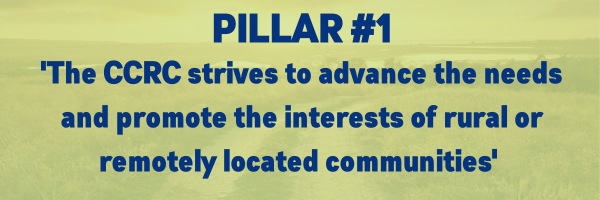
The Grand River Community Play Project: The Voice of the River connects the CCRC to a new rural constituency along the length of this Heritage River. In the process of bringing people together from different communities, by promoting each of these communities as participants in the project, by bringing people together who mightn’t have ever come together, stories have been told, ideas have flourished, and actions are taking place to regenerate their home, their community, their relations with each other. And in the process have brought folks into the CCRC fold from rural communities that didn’t know about us before.
Painter
Pat Flood
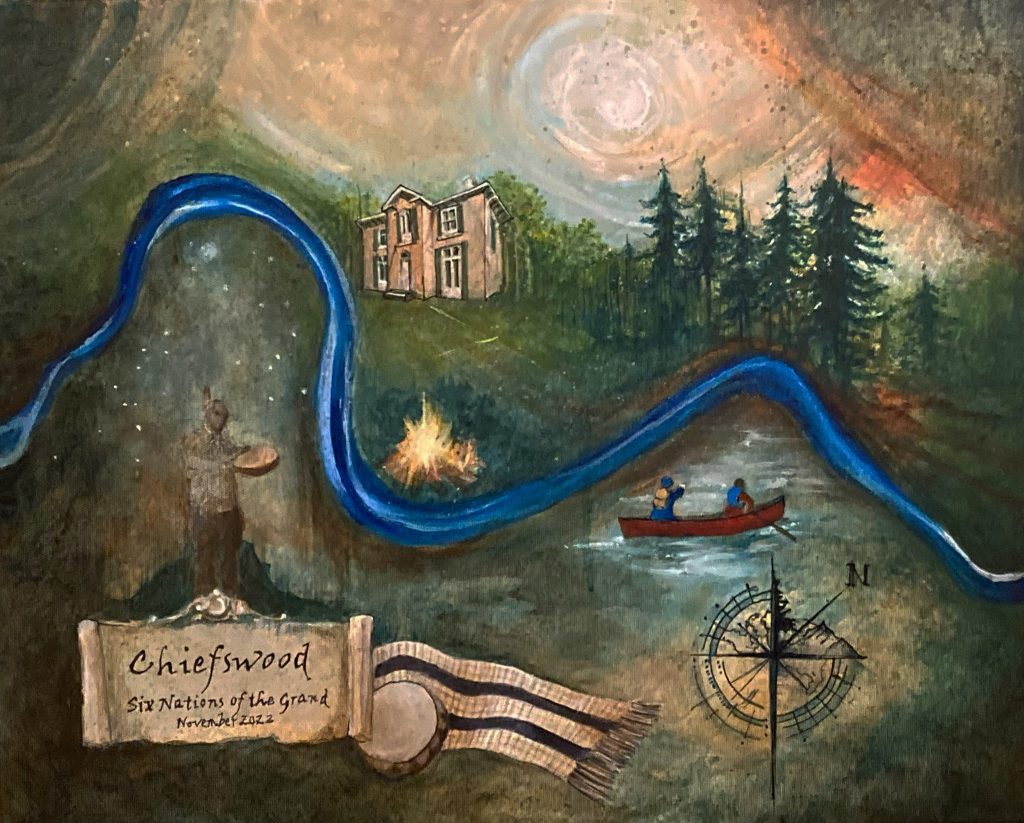
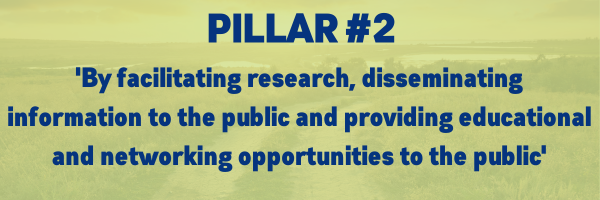
The Grand River Community Play Project: The Voice of the River has created a rural network connecting people along the length of the river with each other and with those connected to the CCRC. By coming together in creativity with a purpose to tell their stories, eyes and hearts have been opened to learn more about where they live, and who their neighbours are.
The project has brought together a number of Learning Centres including Laurier, U of Waterloo and U of Guelph and the Six Nations Polytechnic. It has become a research project in regenerative tourism, mapping and storytelling, rural economic and social development, and that information is being shared with people along the waterway and will eventually be available to a much broader community. In our work with the learning centres – a younger demographic has come forward, students from different programs have come aboard to participate technically, in performance, and in research.
WHAT IS A COMMUNITY PLAY?
It begins with a conversation and builds towards a unique theatrical experience. The contemporary community play movement got started in 1979, by a play produced by the Colway Theatre Trust. The Company went on to produce over 50 productions worldwide and spawned collectives to create their own community play projects. The process is transformative and through the months leading up to a production there are more conversations, meetings, workshops and rehearsals – friendships are developed. The result is that people feel connected to each other, to their shared sense of place. It is inclusive and anyone and everyone can participate. Whether it’s as an actor, a manager, a designer, a researcher, writer, builder, a musician, dancer, a technician, whatever it is, the production is community led and the two year process to create the play develops the thinking, and the talents, and the skills of all involved – and weaves them together. It is a community game-changer.
PROJECT LEGACY
This is an inclusive project that brings artists and communities together – something that will evolve as the communities continue to evolve. It brings people together who mightn’t ever have come together, it brings people together and involves them in a creative, transformational, experience. It is a celebration, a holler, something that leaves the campsite better than found. It brings people to the area who know nothing about the River. And by bringing people together in creativity, in celebration, a mutual dependence begins to grow, and in that environment ideas flourish. We begin to see each other anew, and a deeper understanding that the Grand River is a relation of ours, a community member, who deserves our respect, emerges.
To restore any place, we must also begin to re-story it, to make it the lesson of our legends, festivals, and seasonal rites. Story is the way we encode deep-seated values within our culture. Ritual is the way we enact them. We must ritually plant the cottonwood and willow poles in winter in order to share the sounds of the vermillion flycatcher during the rites of spring. By replenishing the land with our stories, we let the wild voices around us guide the restoration we do. The stories will outlast us.” ~ Gary Paul Nabham
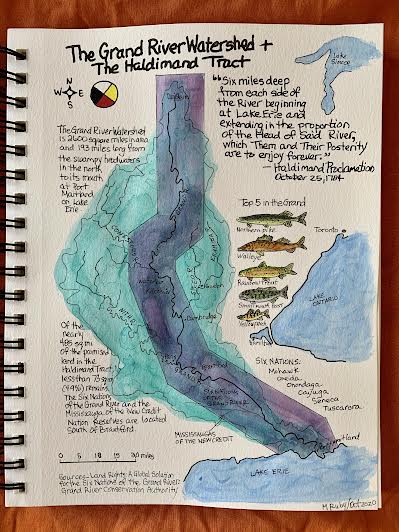
The map to the left was created by our friend, Marcia Ruby. What she writes in the margins are grist for the mill in the creation of this project. The Indigenous story of the Grand River, one that intersects with the Settler story now and again, runs very much independently of it. There is much to learn and over time, with humility and respect, hopefully it will be revealed by the First Peoples who live along the Grand and have done for millennia. There are the more recent stories of the Settlers – those who live on the River, or have been impacted by it – and these stories will also be a part of the project. And there is a third story, I believe – the story of the River herself… how is that story told? Can we hear the voice of the river? What can she tell us?
The following piece of writing comes from Peter Godfrey-Smith’s article entitled, Other Minds: The Octopus, the Sea and the Deep Origins of Consciousness.
While a little bit different than hearing the voice of a river, there is something in what he says that speaks to the awe of being and could be a way forward for the project:
“Octopuses and their relatives (cuttlefish and squid) represent an island of mental complexity in the sea of invertebrate animals. Since my first encounters with these creatures about a decade ago, I have been intrigued by the powerful sense of engagement that is possible when interacting with them. Our most recent common ancestor is so distant—more than twice as ancient as the first dinosaurs—that they represent an entirely independent experiment in the evolution of large brains and complex behaviour. If we can connect with them as sentient beings, it is not because of a shared history, not because of kinship, but because evolution built minds twice over. They are probably the closest we will come to meeting an intelligent alien.”
Is there a way to understand a river in somewhat the same way? Different – but in being open to the relationship – is a different understanding possible?
